Welding is a vital process in the field of manufacturing and construction, used to join materials together. It involves the application of heat, pressure, or a combination of both, to fuse metals or thermoplastics and create a strong, permanent bond. Welding plays a crucial role in various industries, ranging from automotive and aerospace to infrastructure and fabrication.
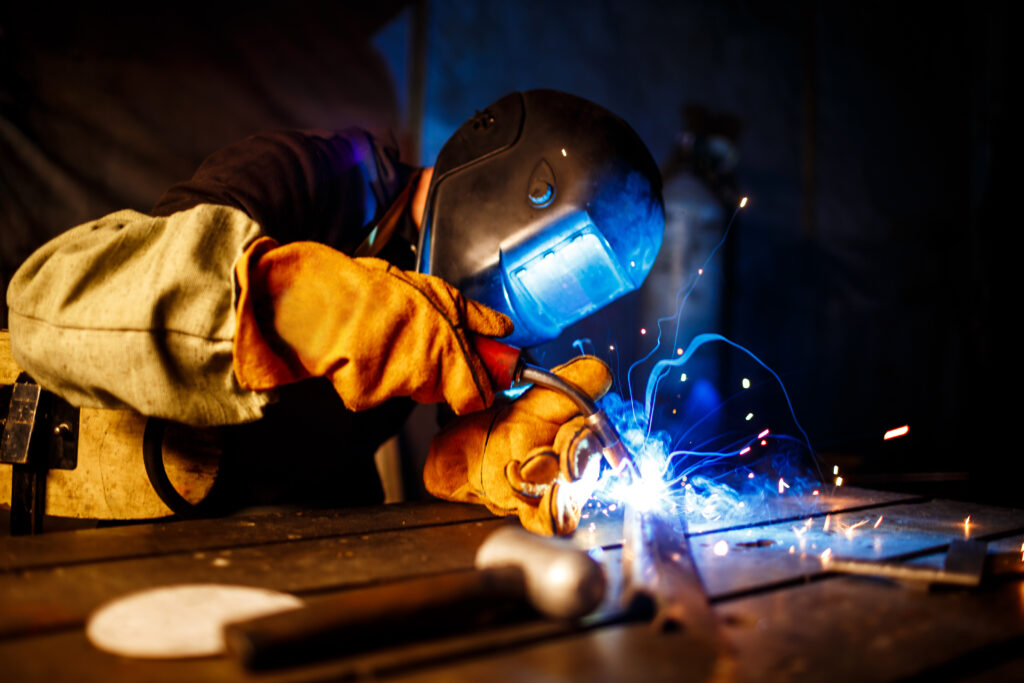
Table of Contents
Introduction
In this article, we will delve into the fascinating world of welding and explore its history, different types, applications, and standards. We aim to provide you with a comprehensive understanding of welding, enabling you to appreciate its significance in numerous industries and its impact on our daily lives.
Understanding Welding
Welding is the art and science of joining two or more pieces of material together, typically metals or thermoplastics, by melting and fusing them. This process creates a strong bond, resulting in a unified structure that possesses the desired mechanical properties.
The key to successful welding lies in the careful selection of appropriate welding techniques, equipment, and materials, as well as the skill and expertise of the welder. A proper understanding of the properties of different metals, such as their melting points and metallurgical compatibility, is essential for achieving high-quality welds.
History of Welding
The practice of joining materials traces back thousands of years, evident in ancient civilizations. In the Bronze Age, copper and bronze were fused through the application of heat and pressure. As time progressed, diverse civilizations crafted their methods. A significant leap in joining methods came during the Industrial Revolution, spurred by the escalating need for dependable techniques. The late 19th century witnessed a groundbreaking development with the advent of electric arc technology, marking a turning point in the industry’s evolution.
Applications
Welding finds its applications in a wide range of industries, playing a crucial role in the creation and maintenance of structures and products. Here are some of the key areas where welding is extensively used:
Automotive Industry
Welding is vital in automobile manufacturing, where it is employed to assemble vehicle frames, chassis, and exhaust systems. It ensures the structural integrity and safety of automobiles, contributing to their durability and performance.
Aerospace Industry
The aerospace industry relies heavily on welding for the fabrication of aircraft structures, including fuselages, wings, and engine components. Welding techniques such as TIG (Tungsten Inert Gas) welding and electron beam welding are employed to meet the stringent quality and safety standards of the aerospace sector.
Construction and Infrastructure
Welding plays a vital role in the construction of buildings, bridges, pipelines, and other infrastructure projects. It is used to join structural steel components, reinforcing bars, and various metal fixtures, ensuring the stability and longevity of these structures.
Manufacturing and Fabrication
In the manufacturing sector, welding is indispensable for the production of diverse products, ranging from machinery and equipment to consumer goods. It enables the joining of metal parts, creating complex assemblies and finished products.
Shipbuilding and Marine Industry
Welding is a fundamental process in shipbuilding, where it is employed to fabricate the hull, decks, and other critical components of vessels. The marine industry extensively relies on welding for repair and maintenance operations as well.
Types of Weld
There are several different types of welding techniques, each suited for specific applications and materials. Let’s explore some of the most commonly used methods:
Arc Welding
Arc welding employs an electric arc between an electrode and the workpiece to generate the necessary heat for melting and fusing the metals. This technique includes various subcategories such as Shielded Metal Arc Welding (SMAW), Gas Metal Arc Welding (GMAW/MIG), and Flux-Cored Arc Welding (FCAW).
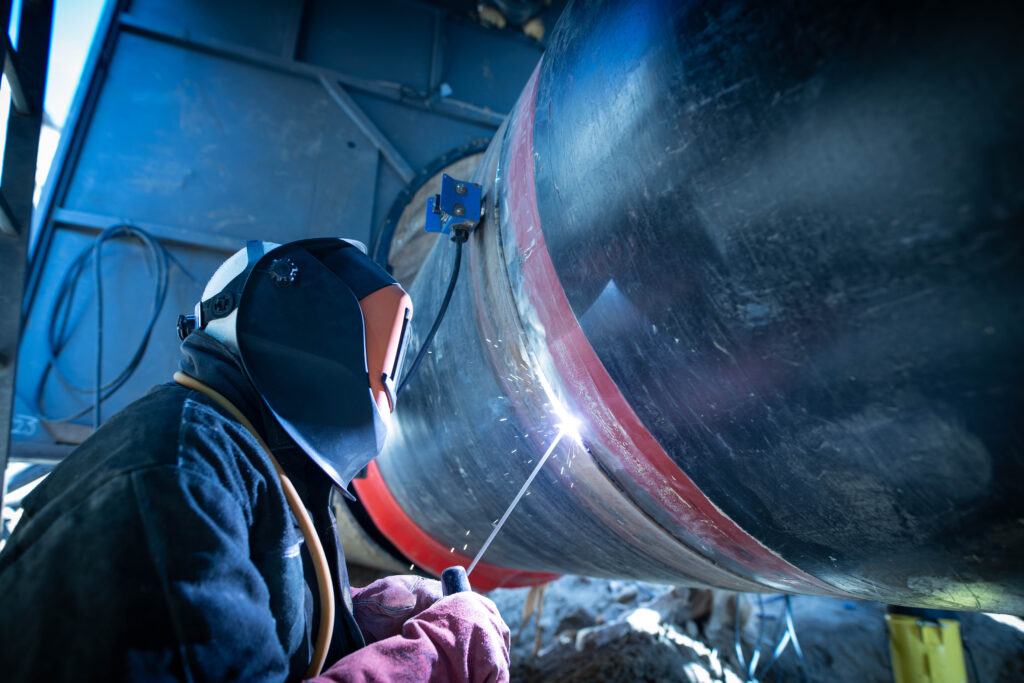
MIG Welding
MIG (Metal Inert Gas) weld, also known as Gas Metal Arc Welding (GMAW), utilizes a consumable wire electrode and an inert shielding gas to protect the weld pool from atmospheric contamination. It offers versatility, high productivity, and excellent control over the welding process.
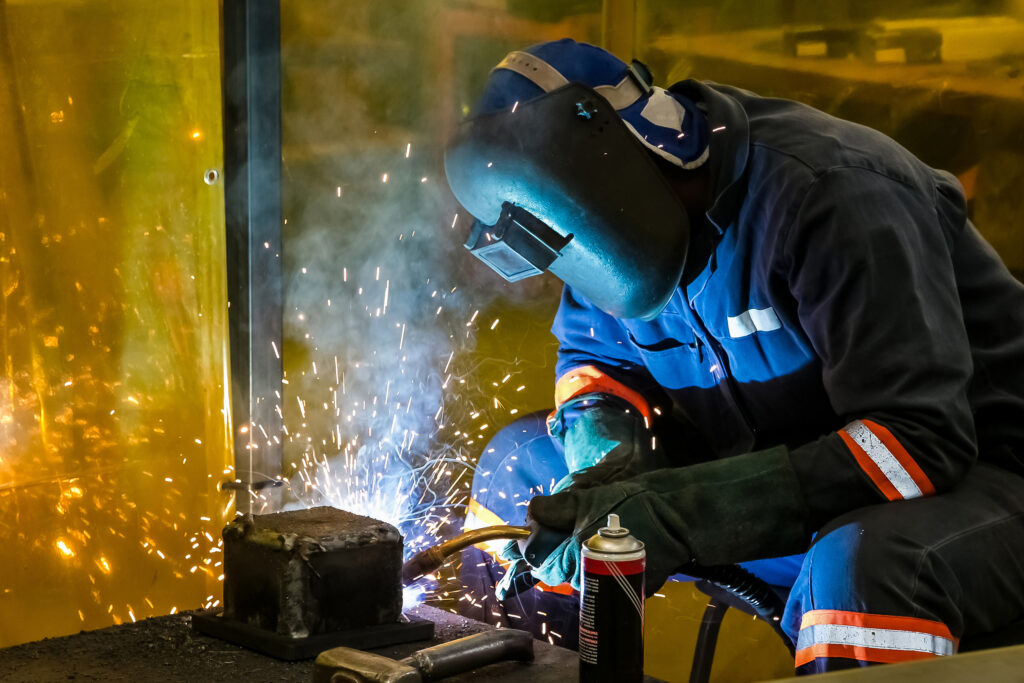
TIG Welding
TIG (Tungsten Inert Gas) weld employs a non-consumable tungsten electrode and a shielding gas to protect the weld zone. It produces high-quality, precise welds and is commonly used for welding thin materials and non-ferrous metals.
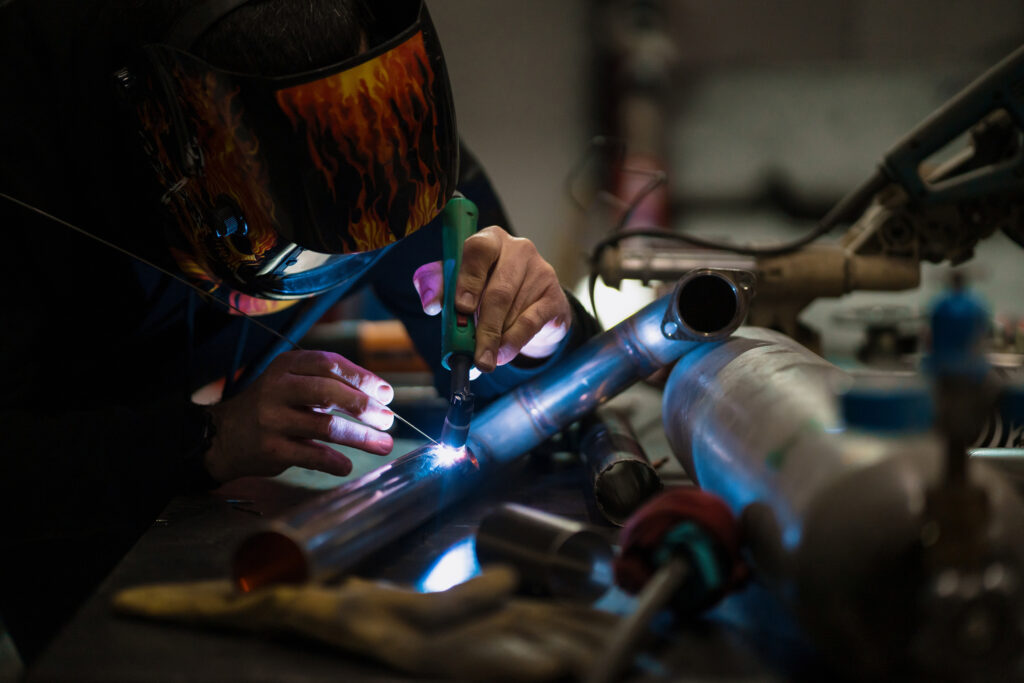
SAW Welding
SAW (Submerged Arc Welding) is an automatic welding process that involves the formation of an arc between a continuously fed electrode and the workpiece. It is commonly used for welding thick sections, providing deep penetration and high deposition rates.
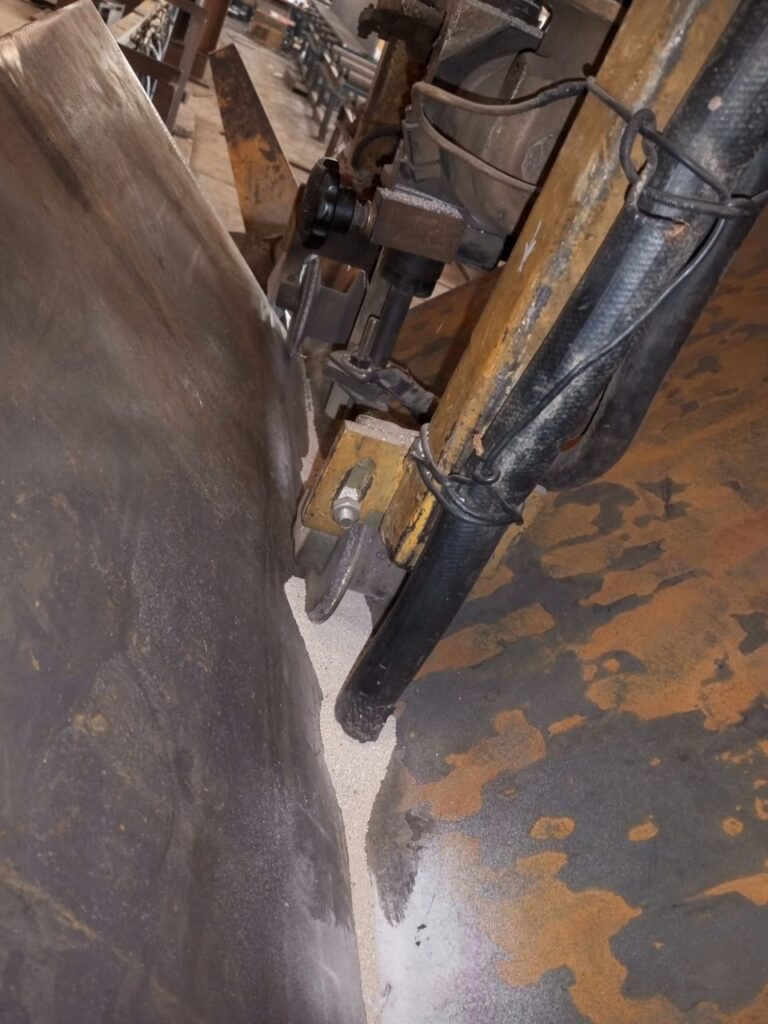
Resistance Welding
Resistance welding utilizes the heat generated by electrical resistance at the joint interface to fuse the materials. It includes techniques such as spot, seam, and projection welding, commonly used in the automotive and appliance industries.
Applications of Resistance Weld
Resistance welding techniques find diverse applications in various industries. Here are a few notable examples:
- In automotive manufacturing, sheet metal components are seamlessly joined using resistance spot welding, contributing to the creation of durable vehicle structures.
- In the electronics industry, precise bonding is achieved through resistance welding techniques like micro-spot welding, ensuring the reliability of electronic devices, circuit boards, and wire connections.
- Within the aerospace sector, resistance seam welding is utilized for the fabrication of fuel tanks and pressure vessels, guaranteeing leak-tight joints and meeting stringent safety standards.
- In the realm of appliances and HVAC systems, resistance welding techniques such as projection welding are employed to create resilient assemblies for various components.
Referral Codes in Different Countries
If you require welding services in the USA, India, or Gulf countries, or adhere to British standards, this website offers a compiled list of referral codes. These codes connect you with reputable professionals and service providers, ensuring top-quality results tailored to your needs.
Please visit the website https://www.ex-pect.com/welding-processes/list-of-welding-codes/ to access the referral codes for welding services in your desired location.
Conclusion
In summary, welding stands as a cornerstone process facilitating the construction of robust structures across diverse sectors. We’ve delved into its historical journey, explored various methods, and outlined its broad applications. Moreover, we’ve furnished referral codes for welding services worldwide.
Understanding the nuances of welding empowers you to make well-informed decisions regarding technique selection, equipment, and expert assistance tailored to your specific requirements.
Remember, welding transcends mere technical proficiency; it embodies an art form demanding precision, expertise, and an unyielding dedication to excellence. Whether you’re embarking on construction ventures, crafting intricate components, or upholding essential infrastructure, welding remains an indispensable facet warranting the utmost attention.
FAQs about Welding:-
What exactly is the process of joining materials, and why is it important?
- Joining materials involves connecting two or more components to create a single, unified structure. It’s crucial across industries like construction, manufacturing, and automotive for building sturdy, functional products and structures.
How does welding differ from other methods of joining materials?
- It involves melding the materials together, forming a permanent bond. This differs from methods like riveting or soldering, where materials are joined without melding.
What are the primary types of techniques, and when are they used?
- There are various techniques, including MIG, TIG, arc, and spot. Each has its strengths; for example, TIG is often used for precise, high-quality joins on thin materials, while arc is preferred for thicker metals.
What safety precautions should I take when working with materials?
- Safety is paramount. Always wear protective gear like gloves, goggles, and flame-resistant clothing. Ensure proper ventilation to prevent inhalation of fumes, and be aware of potential electrical hazards.
How can I determine the right technique for my project?
- Consider factors like the type and thickness of the materials, the desired strength of the join, and any specific requirements for appearance or precision. Consulting with a professional can also provide valuable guidance.
What are some common challenges faced during the process, and how can they be overcome?
- Challenges like distortion, porosity, or inadequate penetration can occur. Proper preparation, selecting the right technique, and adjusting settings for optimal performance can help mitigate these issues.
Where can I find reputable professionals?
- Look for certified individuals or reputable companies in your area. Additionally, online resources, forums, and community colleges often offer courses or workshops for beginners and experienced individuals alike.
For more informational content, please visit my website: Gyaanpool.com
You can also, visit my YouTube channel-Feather


As someone still navigating this field, I find your posts really helpful. My site is Webemail24 and I’d be happy to have some experts about Construction Industry like you check it and provide some feedback.